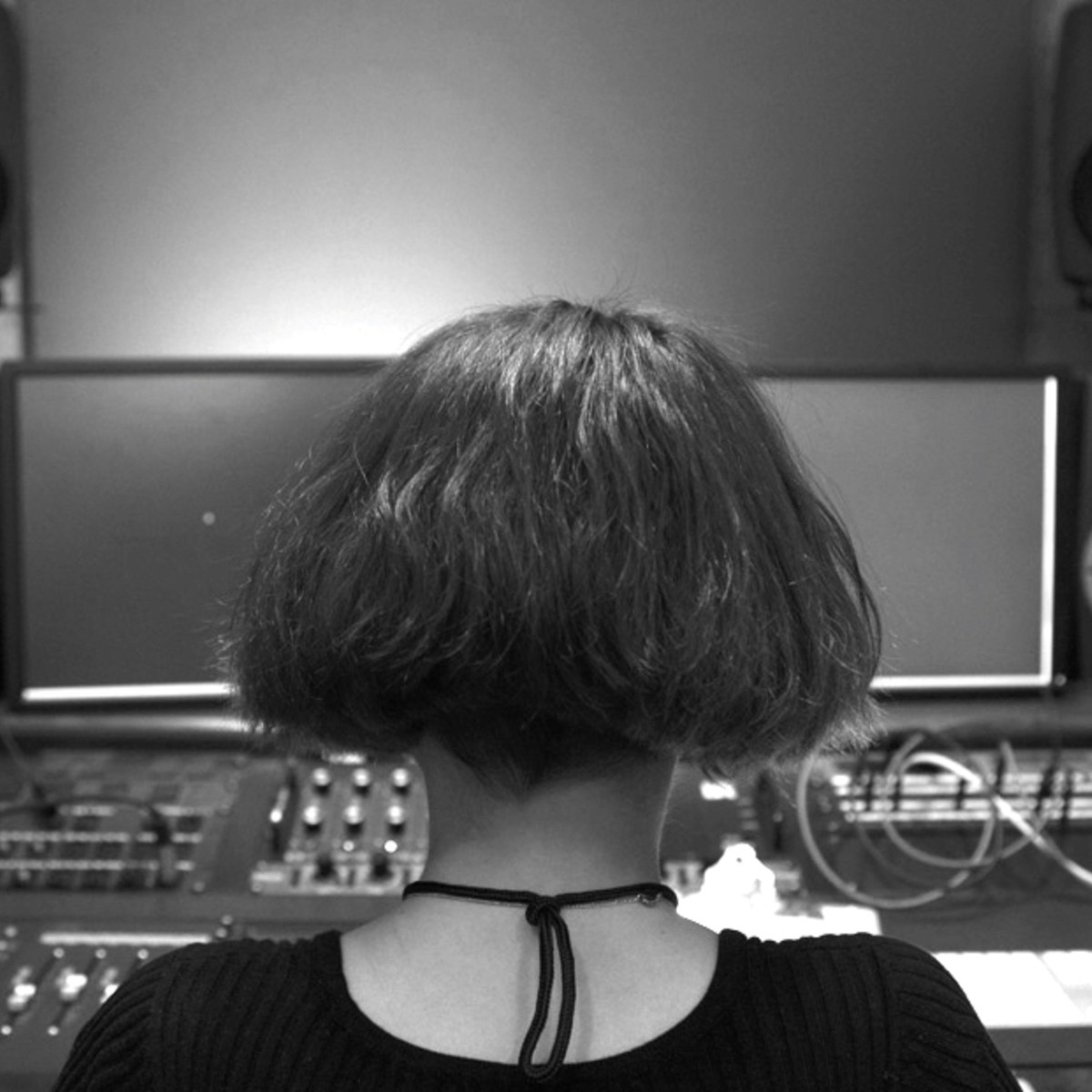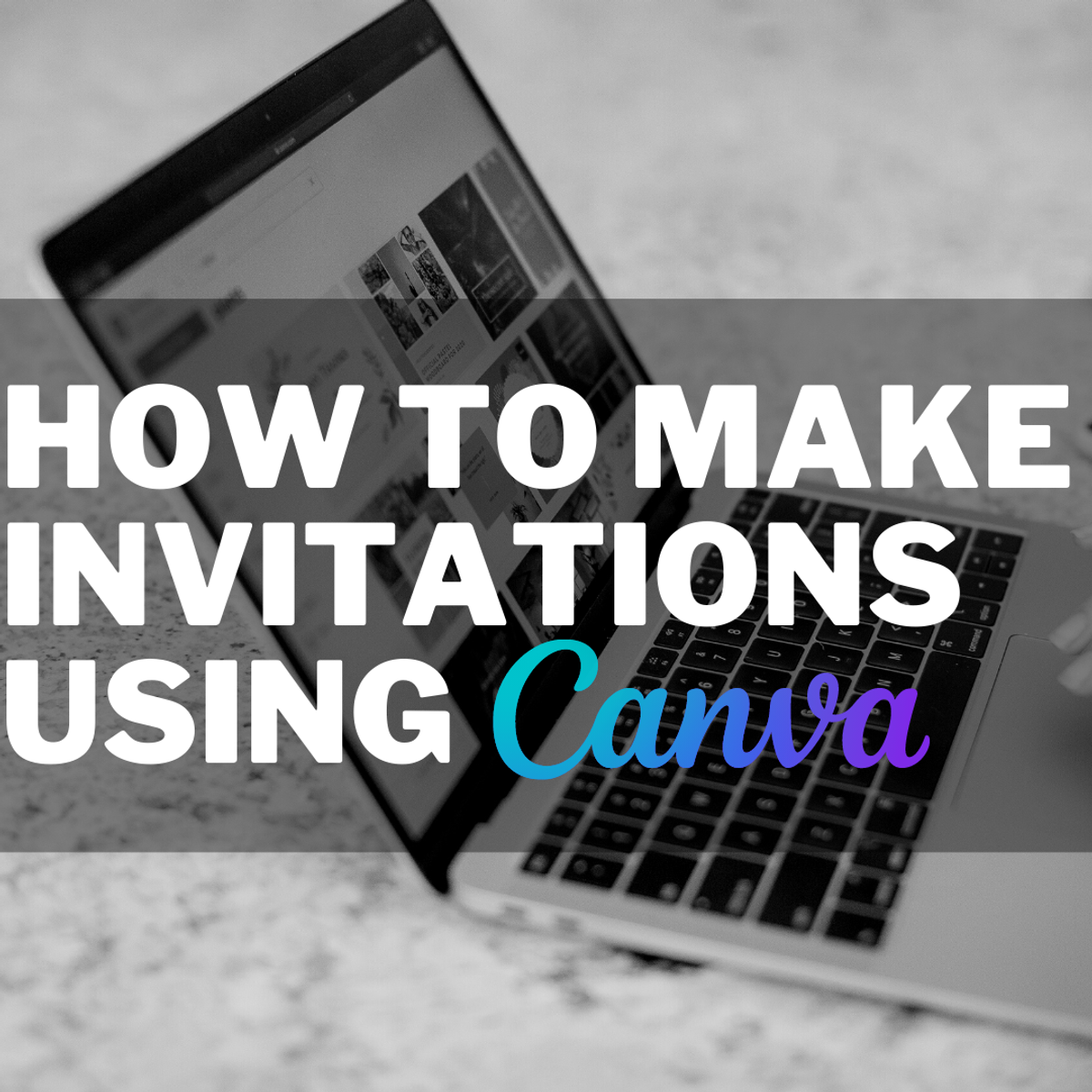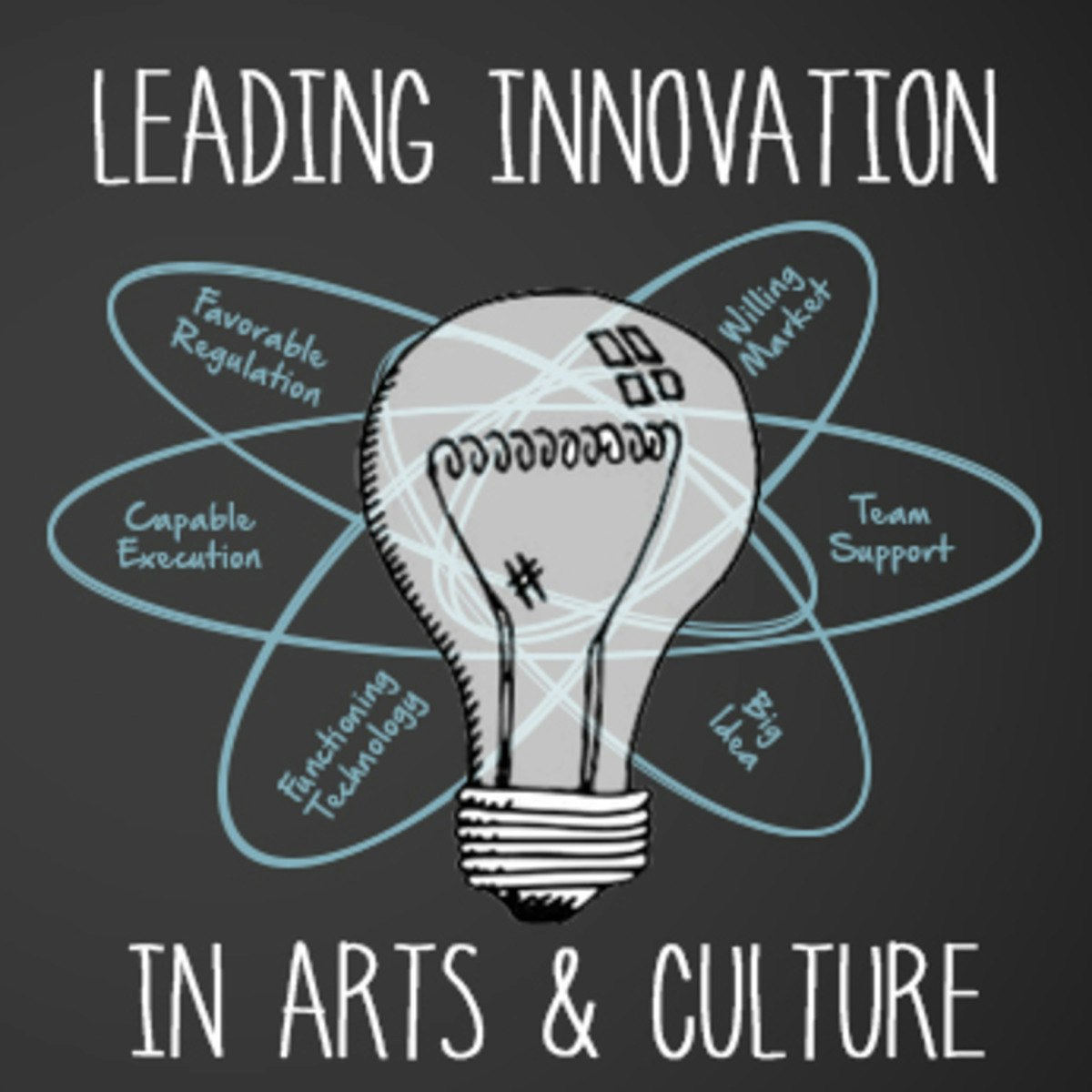Back to Courses









Music And Art Courses - Page 4
Showing results 31-40 of 257

The Art of Music Production
Explore the art of record production and how to make recordings that other people will love listening to. This course will teach you how to make emotionally moving recordings on almost any recording equipment, including your phone or laptop. The emphasis is on mastering tangible artistic concepts; the gear you use is up to you. You will learn to develop the most important tool in the recording studio: your ears. You will learn to enhance every aspect of your own productions, both sonically and musically, by employing deeper listening skills.
Assignments will include posting your own recordings for peer review, and reviewing your classmates’ work by employing specific tools and strategies. If you use a digital audio workstation to record and mix, that’s great, but as long as you can record into your computer and post an MP3, you can complete the assignments.
As you learn about the art of record production in this 4-week course, you will also learn about yourself and who you are as an artist and producer. It is not necessary that you read music or play an instrument to take this course.

Fashion as Design
Among all objects of design, our clothes are the most universal and intimate. Like other kinds of design, fashion thrives on productive tensions between form and function, automation and craftsmanship, standardization and customization, universality and self-expression, and pragmatism and utopian vision. It exists in the service of others, and it can have profound consequences—social, political, cultural, economic, and environmental.
Fashion as Design focuses on a selection of more than 70 garments and accessories from around the world, ranging from kente cloth to jeans to 3D-printed dresses. Through these garments, we’re going to look closely at what we wear, why we wear it, how it’s made, and what it means. You’ll hear directly from a range of designers, makers, historians, and others working with clothing every day—and, in some cases, reinventing it for the future. Studio visits, interviews, and other resources introduce the history and development of each garment and their changing uses, meanings, and impact over time.
Course Learning Objectives:
Develop critical tools to appreciate and contextualize fashion design—from everyday clothing to couture garments—through many different perspectives.
Trace the history, development, and impact of garments over time, and explore how they may be reinvented.
Investigate garments through multiple lenses including politics, identity, and economics.
Understand more about the lifecycle of clothing, from its design and production to its marketing, distribution, and consumption.
Better comprehend the choices you make about fashion with respect to the visual language of dress, individual and collective identities, and issues such as labor practices, sustainability, and body politics.

Graphic Design: Make Interior's Project Mood Boards in Gimp
In this 1-hour long project-based course, you will learn how to:
- Design simple mood boards to visually present your projects
- Get started with GIMP 2.10 editing tools
- Recognise mood boards essential components.
By the end of this project, you will learn how to use Gimp to create a simple mood board to present interior design ideas to your clients. Mood boards can be used as an efficient eye-catching tool to visually present the idea of a project and engage the client with the feeling of its realization. You can use them in graphic and set design, architecture and interior design, home decor and retail, event planning and curating, fashion and photography, editorial planning...Indeed, any field in which a project needs to be presented in a visually, intuitive way!
GIMP version 2.10 is a cross-platform image editor available for many of the most popular operating systems. It is largely used by graphic designers, illustrators, artists, or photographers as an open-source alternative to image editing software. Its interface is user-friendly so it can be enjoyed by anyone interested or involved in jobs related to graphics and visual arts.
Note: This course works best for learners who are based in the North America region. We’re currently working on providing the same experience in other regions.

Create your UX portfolio with Adobe Portfolio
You are in a digital age, in which we can do everything manually and on paper, but we can also expand our opportunities to the other side of the world. That's why Adobe Portfolio is available to everyone. This application expands our options to the digital age, which today can provide work anywhere in the world. A digital portfolio is a perfect brief for any content creator. You will learn how to create our digital portfolio in the Adobe Portfolio app during this training. This portfolio will allow you to demonstrate your skills and knowledge. You will be able to focus on a single design or vary the design forms to illustrate the level of expertise.
Adobe Portfolio contains all the tools you need to design a high-quality portfolio. From adding photos, texts, videos, and images of projects you have done or must do in the future. This tool will allow you to add design, color, and art. You will be able to choose different fonts, and you will develop a fantastic portfolio. In this project, you will learn about the tools and the primary use of each one so that you can create unique digital portfolios in the future. You will be designing a portfolio during this project, and we will be visualizing the different options available on the platform.

Songwriting: Writing the Lyrics
There’s a songwriter lurking somewhere inside you, peeking around corners, wondering if it’s safe to come out. Now it is. This course is an invitation to let your inner songwriter step into the sunlight. All it takes is a simple “yes” and you’ll be climbing that windy hill, marveling at the view.
If you haven’t written any or many songs, this course will show you an efficient, effective process for tailoring songs to express your ideas and emotions. If you have, you’ll look at your process differently, taking control of aspects of the process you may have not noticed.
The course will start by examining the tools available to you, all revolving around the essential concept of prosody. You’ll learn to use your tools to enhance your message—to work compositionally at the same time you’re developing your ideas.
You’ll be working both lyrically and musically, though musically it’s not necessary that you either read music or play an instrument. If you play, great, and you’ll be encouraged to play and record your musical responses to the assignments. If you don’t play, the course offers you a number of musical loops to work with. All you’ll have to do is sing your melodies over the loops.
Assignments will ask you to post something for peer review—sometimes lyric lines or sections, sometimes melodies, sometimes both. None of it has to be polished. The course is about writing, not performing.
Most important, you’ll have a lot of fun.

How to make invitations using Canva
In this project you will learn how to design invitations for any event using Canva. Canva is a free web design service where you have countless tools to design all kinds of media you need. Canvas is a great option for those looking for an easy-to-use platform to create compelling designs for their own business or social media content. Canva has many elements that are free and gives you a lot of freedom when it comes to designing. . Canva is an extremely useful tool for those who are just starting out and even becomes a very good tool for those who have been designing for years in more advanced programs. It is a quick option that does not need to be installed on your computer and as long as you have an Internet connection, it will be an accessible tool.

Science and Technology in the Silla Cultural Heritage
Science and Technology in the Silla Heritage
The course explores the scientific and technological aspects of the cultural heritage of Silla, an ancient dynasty in Korea, and its relationship with other ancient civilizations in the world. The lecture series will cover major cultural heritage of Silla: Bulguksa, Seokguram, Cheomseongdae, Poseokjeong, the Sacred Bell of Great King Seongdeok, and metallurgy.
Modern development in science and technology occurred mostly in the West. But during ancient times,various developments were madein science and technology in many countries outside of the West. In that sense, this series of lectures aims to obtain better understanding of the development in science and technology in the Silla dynasty through scientific and technological analysis of Silla cultural properties.

Leading Innovation in Arts and Culture
Developed by David Owens at Vanderbilt University and customized for the cultural sector with National Arts Strategies, this course is designed to help arts and culture leaders create an environment where new ideas are constantly created, shared, evaluated and the best ones are successfully put to work.
One of the toughest challenges for any leader is getting traction for new ideas. Winning support can be a struggle. As a result, powerful new ideas often get stuck. This is especially true in the cultural sector. People involved in arts and culture often have little time and even less money for experimentation and risks. This course will help those in the performing arts, museums, zoos, libraries and other cultural organizations build environments where new management and program ideas flourish.
Leading Innovation in Arts & Culture will teach you how to make an "innovation strategy" a fundamental component of your organization's overall strategy. In this seminar you will learn to:
- Analyze constraints on innovation in your organization, foresee obstacles and opportunities, and develop a shared vision
- Develop a process to manage the demands of multiple stakeholders, shifting priorities and the uncertainty inherent in new initiatives
- Create a culture for innovation and risk-taking that generates new perspectives and challenges existing practice
- Create a strong customer focus within your organization that anticipates customer needs
National Arts Strategies worked with David Owens to customize this course for those working in the cultural sector. They based their work on David Owens’ Leading Strategic Innovation in Organizations course. This highly interactive 8-week course will engage you in a series of class discussions and exercises.

How to Use Type & Fonts in Adobe Illustrator
Adobe Illustrator can be a useful tool in creating digital graphics, but it can also be an overwhelming program to learn how to use. In this guided project, learners will walk through a step by step process to gain the basics of using type and fonts in Adobe Illustrator.
First, learners will discover the basic tools used for editing type and font in Adobe Illustrator. Then, learners will walk through the basics creating and editing type. Next, learners will gain an understanding about how fonts are used and manipulated in basic and then more advanced manners. Finally, learners will be guided through some advanced type and font features in Adobe Illustrator. Learners will finish this guided project with the skills to import, create, and edit numerous fonts and type in Adobe Illustrator.

Musicianship: Tensions, Harmonic Function, and Modal Interchange
After a tremendous response from learners on Coursera, Berklee Online has created a Developing Your Musicianship specialization, and this course is the third course in the series. If you have a general understanding of music theory or if you have completed Developing Your Musicianship I and II, this course will continue to help you understand musical concepts, enabling you to create and perform contemporary music. Taught by Berklee College of Music professor George W. Russell, Jr., the course includes four lessons that delve into an intermediate level of harmony and ear training.
The course will introduce you to new key signatures, and explore how they are constructed. You will continue to train your ear, learning to differentiate between the various intervals and chords that were explored in Developing Your Musicianship I and II. You will learn how to borrow chords from parallel tonalities (modal interchange), and how to write more common chord progressions.
The course culminates with an assignment that asks you to compose and perform a composition using popular chord progressions. As with Developing Your Musicianship I and II, this course is designed to share the joy of creating music.
Popular Internships and Jobs by Categories
Find Jobs & Internships
Browse
© 2024 BoostGrad | All rights reserved